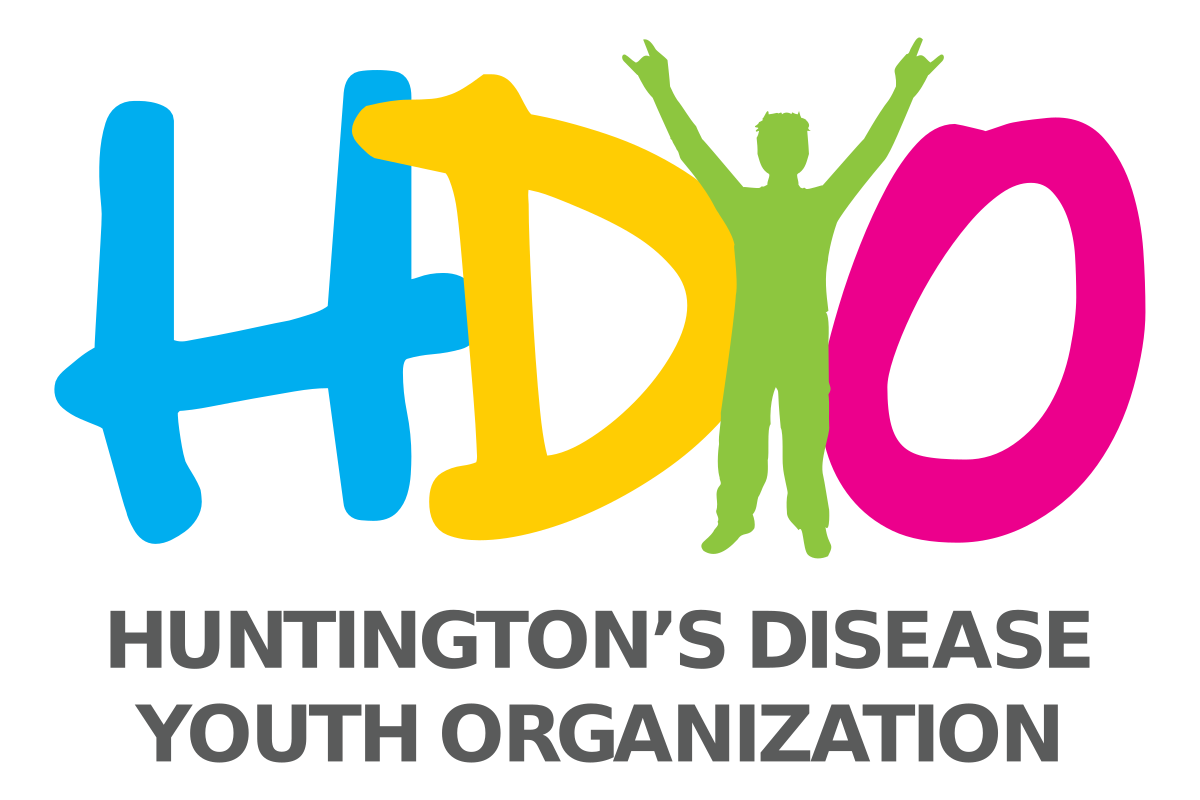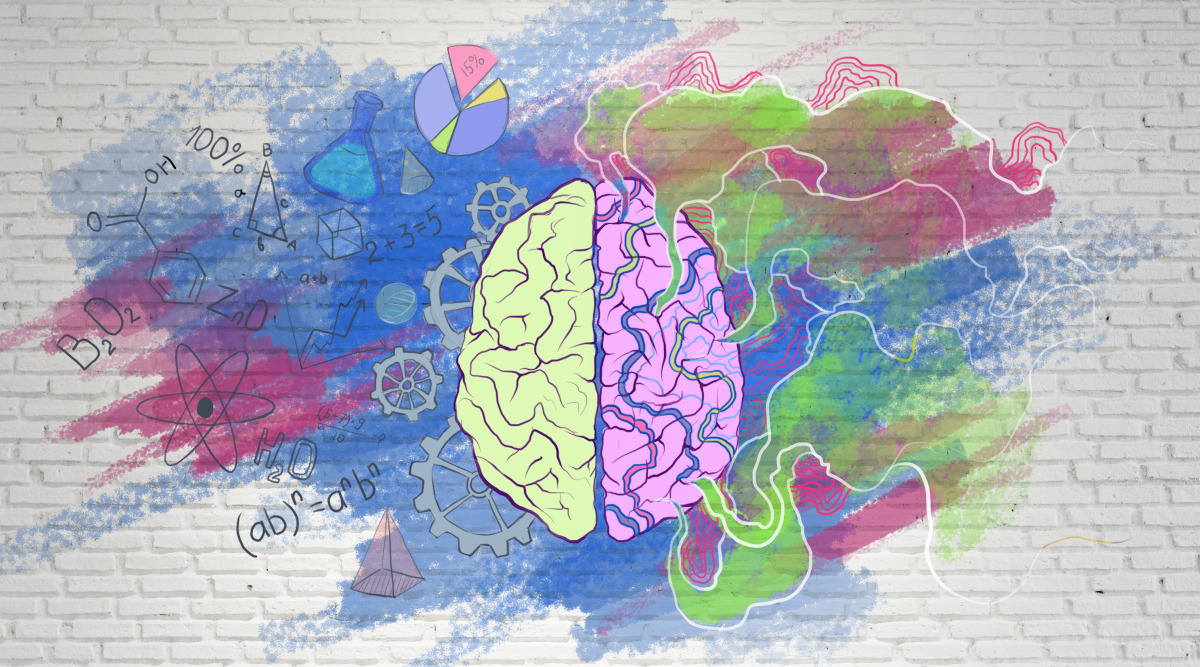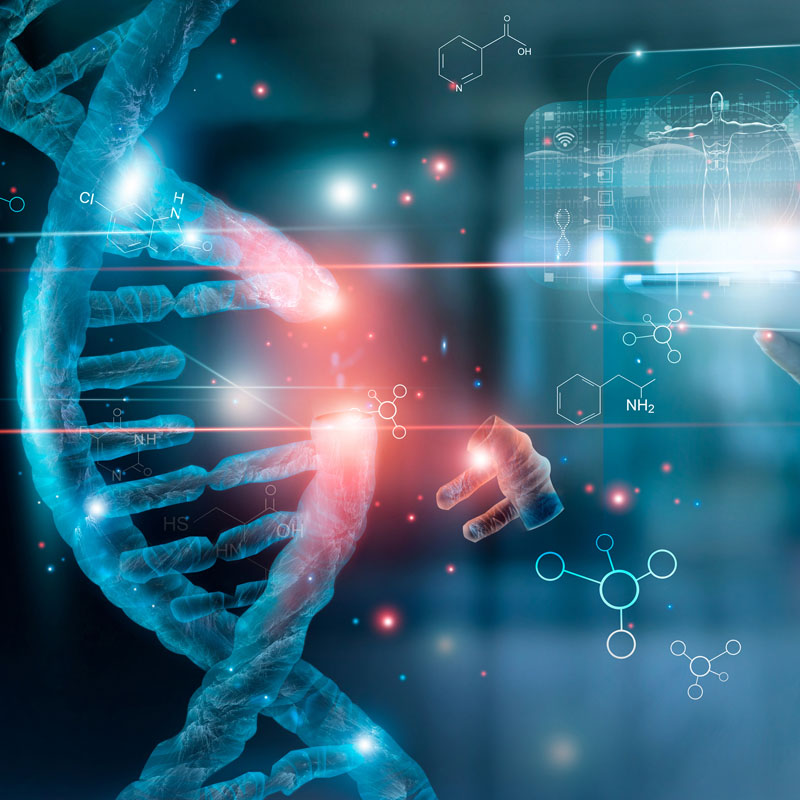What is Huntington's Disease?
January 16, 2022

HDYO has more information about HD available for young people, parents and professionals on our site:
www.hdyo.org
Huntington’s Disease (HD) is known as a rare ‘genetic neurodegenerative disorder’. The word genetic means that this disease is passed down from one generation to the next. Neuro relates to the brain. Degenerative means something that gradually gets worse over time. Disorder is another word for disease.
So, when people describe HD, they are saying it is a disease passed down from a parent to a child, which affects the brain, and gradually gets worse over time.

HD is caused by a spelling mistake (called a mutation) in the letters of DNA within the huntingtin gene. The huntingtin gene is the genetic instruction required to make huntingtin protein. Everyone has this gene and makes huntingtin protein. However, when the DNA letter C-A-G are repeated too many times within this gene, the body makes stickier/toxic huntingtin protein. This bad version of protein is what makes brain cells sick and ultimately leads to HD symptoms.
When the person with HD has a biological child, the child is what we call “at-risk for HD”. This means they have a 50% chance of inheriting the mutated gene that causes HD.
There are some family planning options to lower or limit the risk of having a child with HD (even though their parent has HD). These options are not always easy or widely available. Click here for more information on having children.
Main Types of Symptoms (3 M’s)
Symptoms of HD can be divided into three main types. An easy way to remember them is to know them as the 3 M’s: Movements, Mind and Mood.
Movements (pink) are probably the most commonly recognized symptom of HD. You may hear doctors or health care professionals use the word ‘chorea’ when talking about HD movements. Chorea comes from a Greek word, which means ‘dance”. It is used to refer to the irregular ‘dance-like’ movements common in people with HD. These movements can make people with HD look restless and appear ‘fidgety’. HD can gradually make it difficult for people to walk, talk, swallow, keep their balance, and stay still.
The Mind (pink) is affected in people with HD as it is a brain condition. People with HD can develop cognitive (thinking) symptoms. This can include repetitiveness, memory loss, difficulty in planning and concentration, becoming fixated or obsessed, or having lack of insight.
And finally, Mood (pink) changes, often referred to as behavioural symptoms, can be very difficult for families to cope with. Symptoms can make a person with HD feel anxious, depressed, lethargic, or easily agitated. This can also completely change how people behave and some may become uncharacteristically abusive (emotionally, verbally, or physically).
Everyone is Different
It is important to remember that symptoms of HD can affect everyone differently, even people within the same family. For example, one person with HD may have a lot of movements but only slight mood changes. Another person may experience all three types of HD symptoms.
Age
 The onset of symptoms can begin at any age, including Juvenile onset HD (JoHD). However, most people typically develop symptoms of HD between 30 and 50 years old. The timing of symptom onset depends on many factors. These include: the length of the CAG repeats in the huntingtin gene, environmental issues, and other genetic factors. While there are no current treatments to cure HD, maintaining a healthy lifestyle is always recommended.
The onset of symptoms can begin at any age, including Juvenile onset HD (JoHD). However, most people typically develop symptoms of HD between 30 and 50 years old. The timing of symptom onset depends on many factors. These include: the length of the CAG repeats in the huntingtin gene, environmental issues, and other genetic factors. While there are no current treatments to cure HD, maintaining a healthy lifestyle is always recommended.
The Figures
HD is quite a rare disease. While HD is present across the globe, some places have more cases than others. Studies show that the prevalence of HD is greater in Australia, North America, and Western Europe. There is a lower incidence of HD in Asia and Africa. Some of these variations may be due to the difference in access to care and diagnostic criteria between countries. There are also ‘clusters’ of areas in populations where HD is extremely common. Most of these clusters are in localized areas of South America. Research has been done to try to understand more about how many people are affected in different parts of the world.
Treatments
Currently, there is no cure for HD. Many symptoms however can be treated with medications, physical or behavioural therapy, and support. More and more, HD researchers are looking for new ways to treat symptoms, slow down, and hopefully stop HD. We are very hopeful for a future without HD.
Support
One of the most important ways to cope with HD is to find support. We know that learning about HD is complicated and can be scary, especially if it is impacting you. HDYO was founded to support young people in HD families worldwide.
We encourage you to contact HDYO with any questions you may have. We are always here to listen and help. We also encourage you to navigate through our site to find a variety of educational and support resources for all age groups and areas of need.



